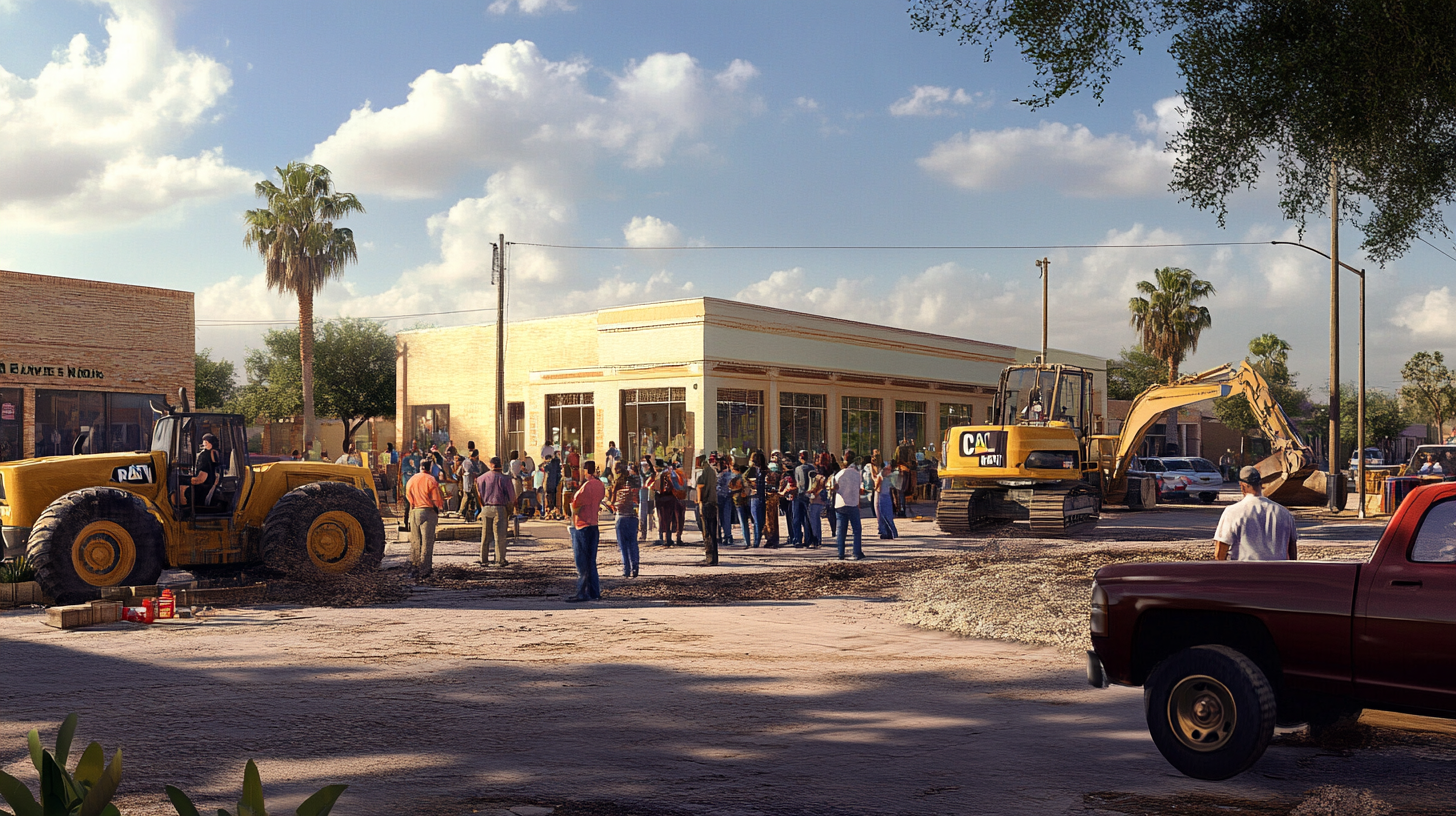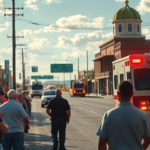Palmview’s Truck Ordinance Revival Sparks Community Debate
In a bid to protect the recently repaired streets, Palmview city officials are revisiting an ordinance initially enacted in 2005 that prohibits trucks weighing over 10,000 pounds from parking on public streets near residential areas. This initiative aims to preserve street conditions and enhance the quality of life for Valley residents, but it also raises concerns among local truck drivers and business owners.
Reassessing the 2005 Ordinance
Originally established nearly two decades ago, the ordinance has seen fluctuations in its enforcement, with previous attempts to implement it met with challenges and eventual setbacks. Palmview City Manager Michael Leo emphasizes the city’s renewed focus on the ordinance. “We’ve recently invested in street repairs, and enforcing this ordinance will be crucial to maintaining those improvements,” Leo stated. “City council will determine the best course of action, whether through enforcing the ordinance or considering amendments.”
Community members are invited to participate in a public town hall meeting where the enforcement of the ordinance will be discussed. While a specific date is yet to be announced, city officials assure residents that their input will be integral to the decision-making process.
A Mixed Reception Among Residents and Businesses
The ordinance’s revival has sparked varied reactions throughout Palmview. On one hand, residents welcome the initiative, hopeful that preserved street conditions will enhance safety and aesthetics in their neighborhoods. Maria Hernandez, a long-time resident, shared her perspective: “We’ve seen significant wear and tear due to heavy trucks in our area. This ordinance could help ensure our streets remain safe and navigable, which is a top concern for our community.”
Conversely, truck drivers and local businesses reliant on freight transport express apprehensions. Carlos Rivera, a truck owner-operator, articulated his concerns: “Restrictions like these create logistical challenges for our operations. It impacts our livelihood, and without designated parking zones, we’re left with limited alternatives.”
Implications for the Rio Grande Valley
While the ordinance directly impacts Palmview, its implications could resonate throughout the broader Rio Grande Valley area. As communities across South Texas grapple with balancing infrastructure improvements and economic activities, Palmview’s decision may influence similar discussions in other Valley cities.
Moreover, concerns surrounding truck parking restrictions echo broader issues of infrastructure management and urban planning. With the Valley’s diverse economic landscape, finding solutions that support both community interests and business operations is critical.
Previous and Ongoing Challenges
The ordinance’s history and the current discussion are intrinsically linked to past challenges of heavy vehicle congestion and street degradation in Palmview. Truck parking problems are not unique to the area; similar issues had sparked debates in cities like Weslaco and Harlingen, where urban growth and economic demands prompt re-evaluation of transport policies.
Despite previous attempts to enforce the ordinance, logistical difficulties and opposition led to its dormancy until recent developments underscored the necessity of revisiting it. As these discussions unfold, city officials are tasked with exploring innovative strategies, potentially including allocated truck zones or permit systems, to address the concerns effectively.
Resources and Community Involvement
For those seeking more information or wishing to voice their views, Palmview officials encourage public participation through upcoming forums and online platforms. Details regarding the ordinance and dates for public meetings will be made accessible on the city’s website and local news outlets.
Residents, truck operators, and business owners alike are urged to engage in constructive dialogues to forge sustainable solutions beneficial to all stakeholders.
As Palmview enters this phase of urban planning, close attention to community feedback and balanced policy approaches will be pivotal in shaping a future that honors both development aspirations and the diverse needs of Valley residents.







